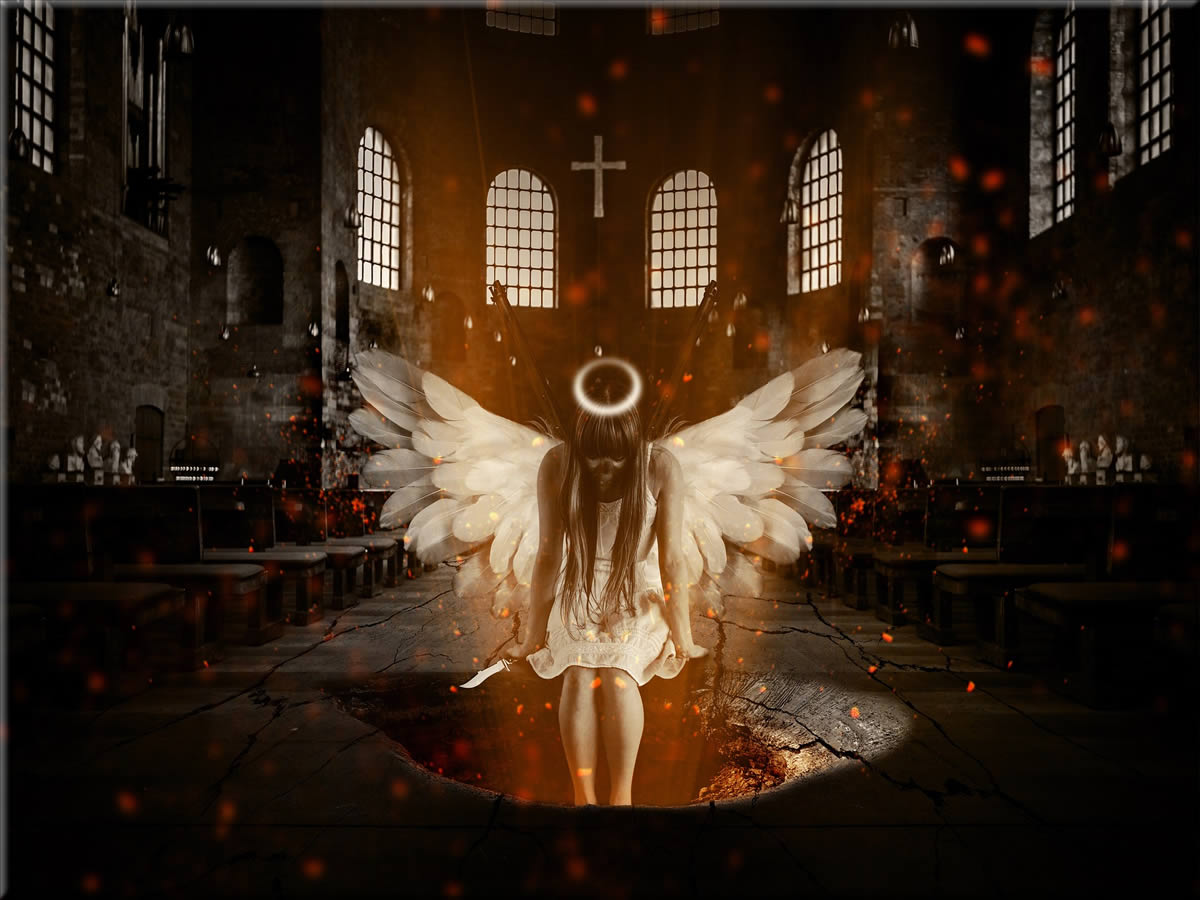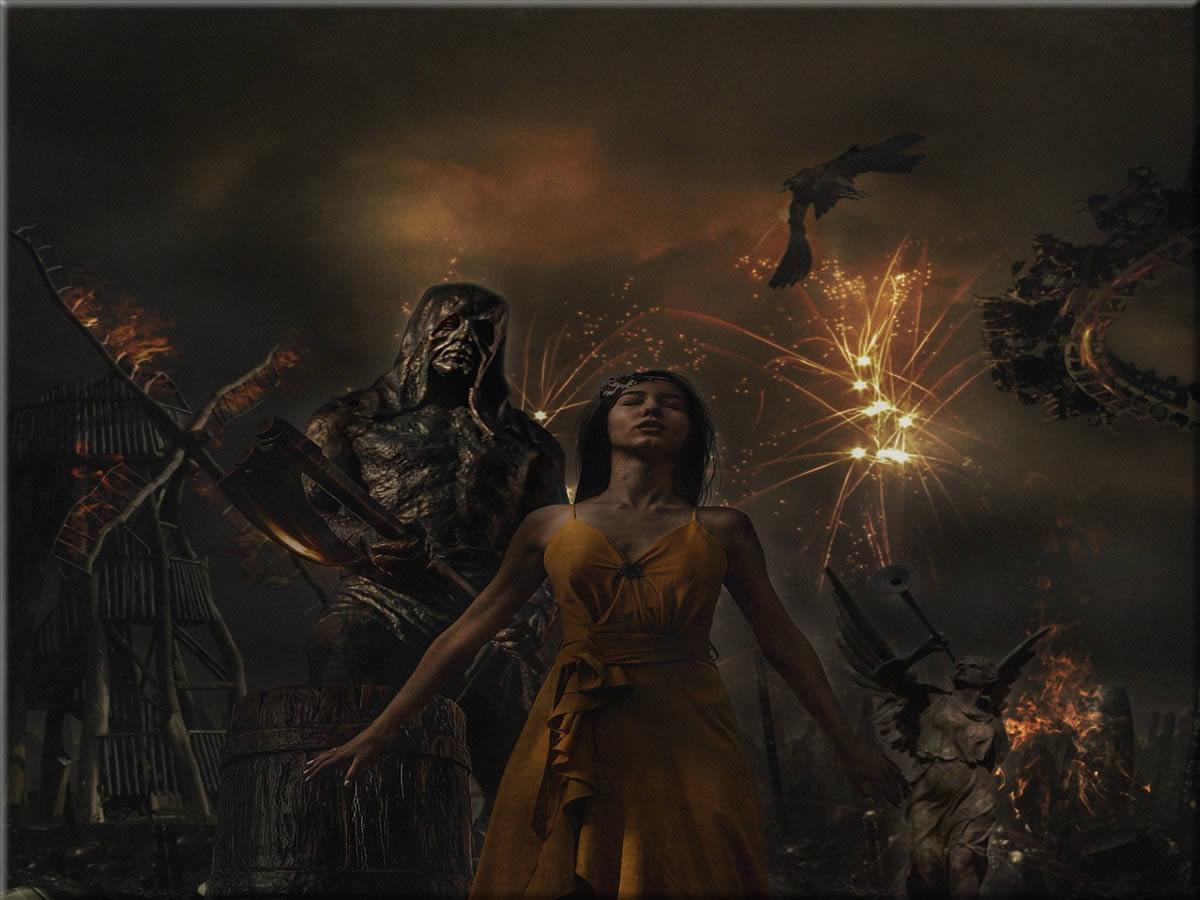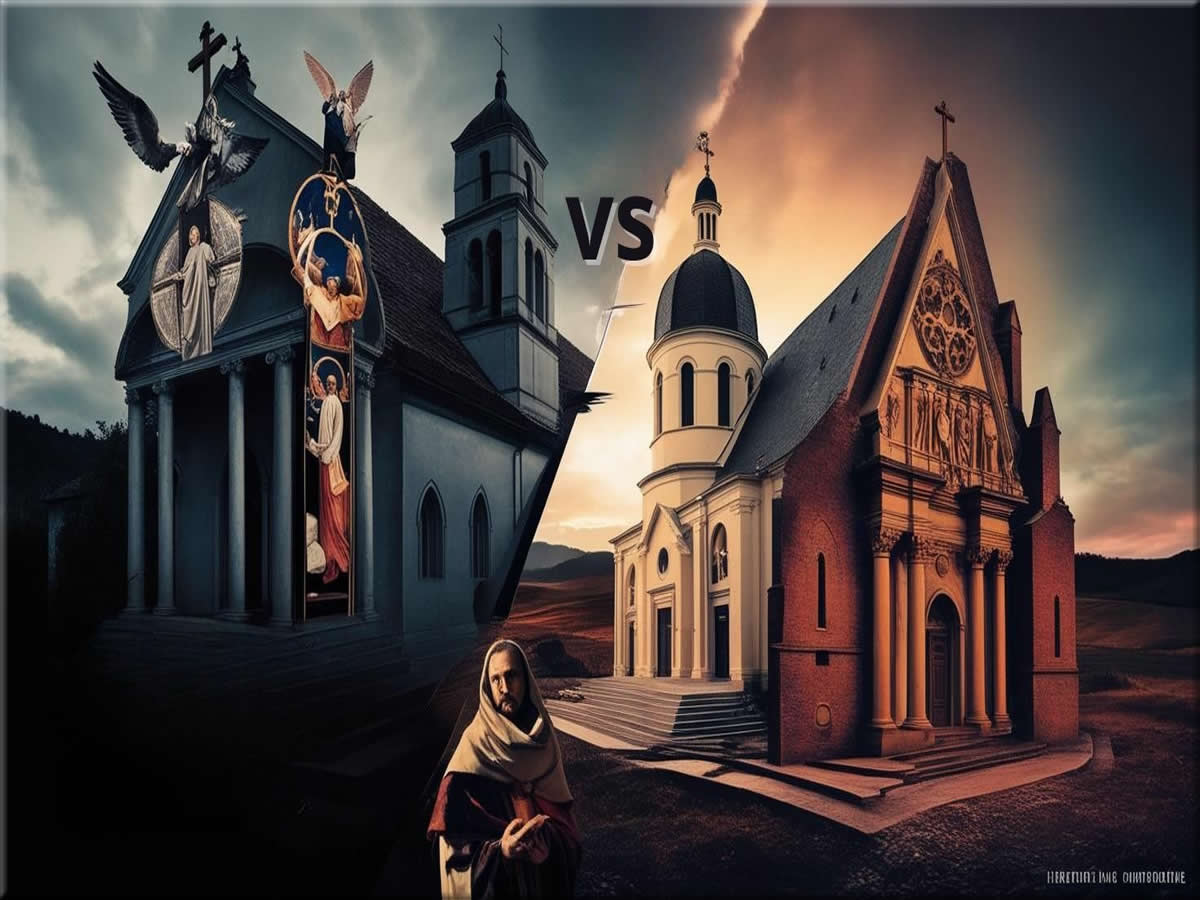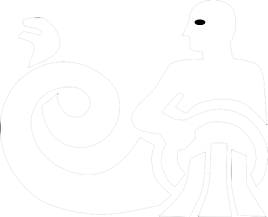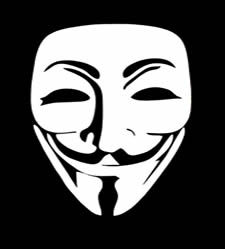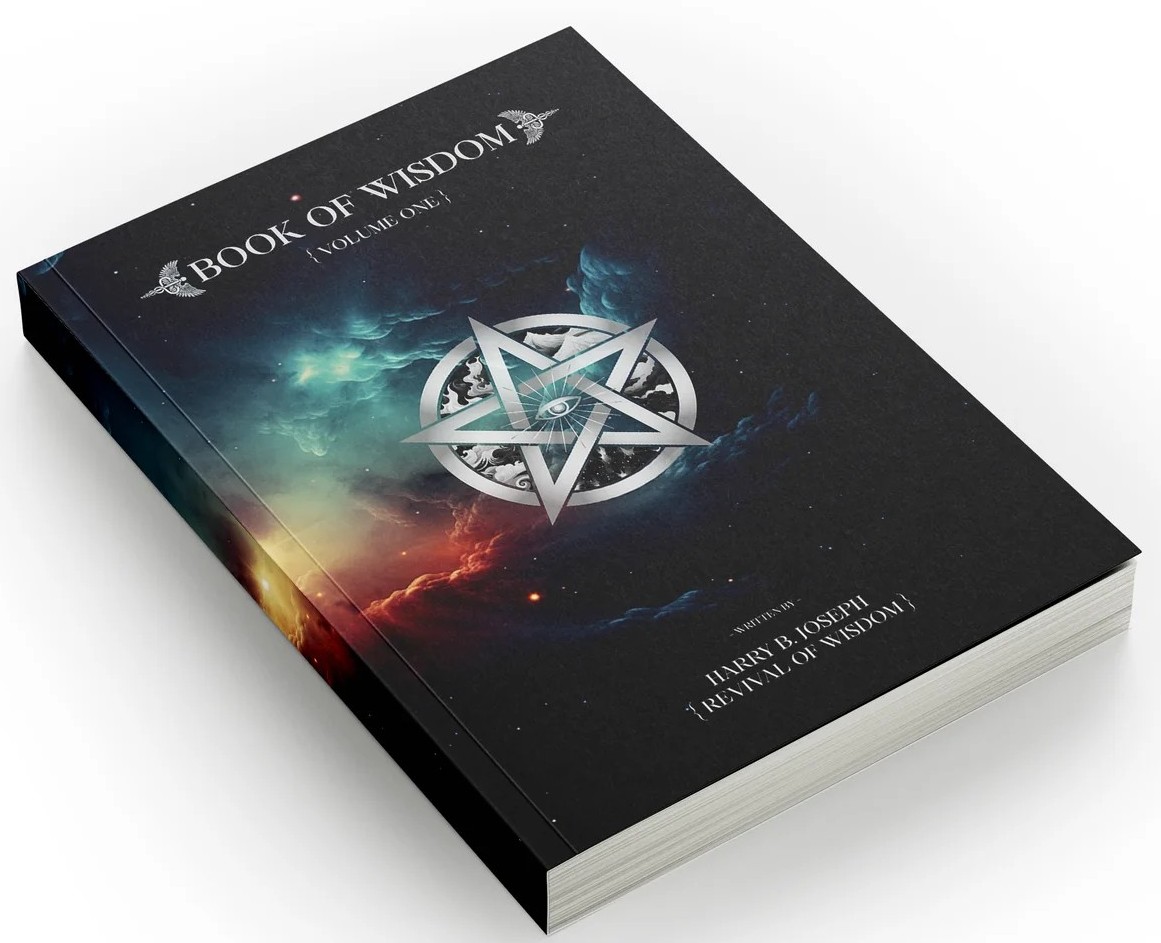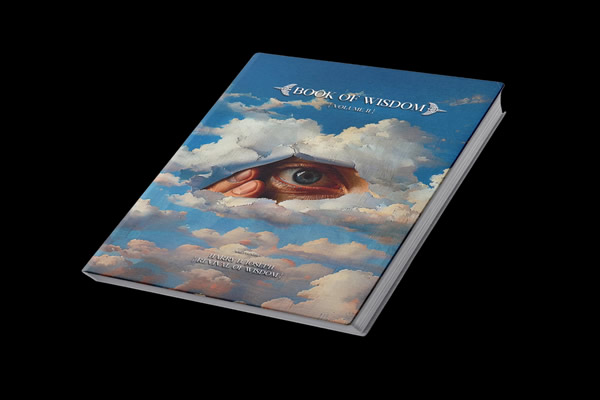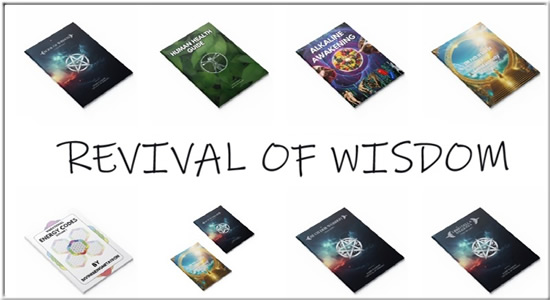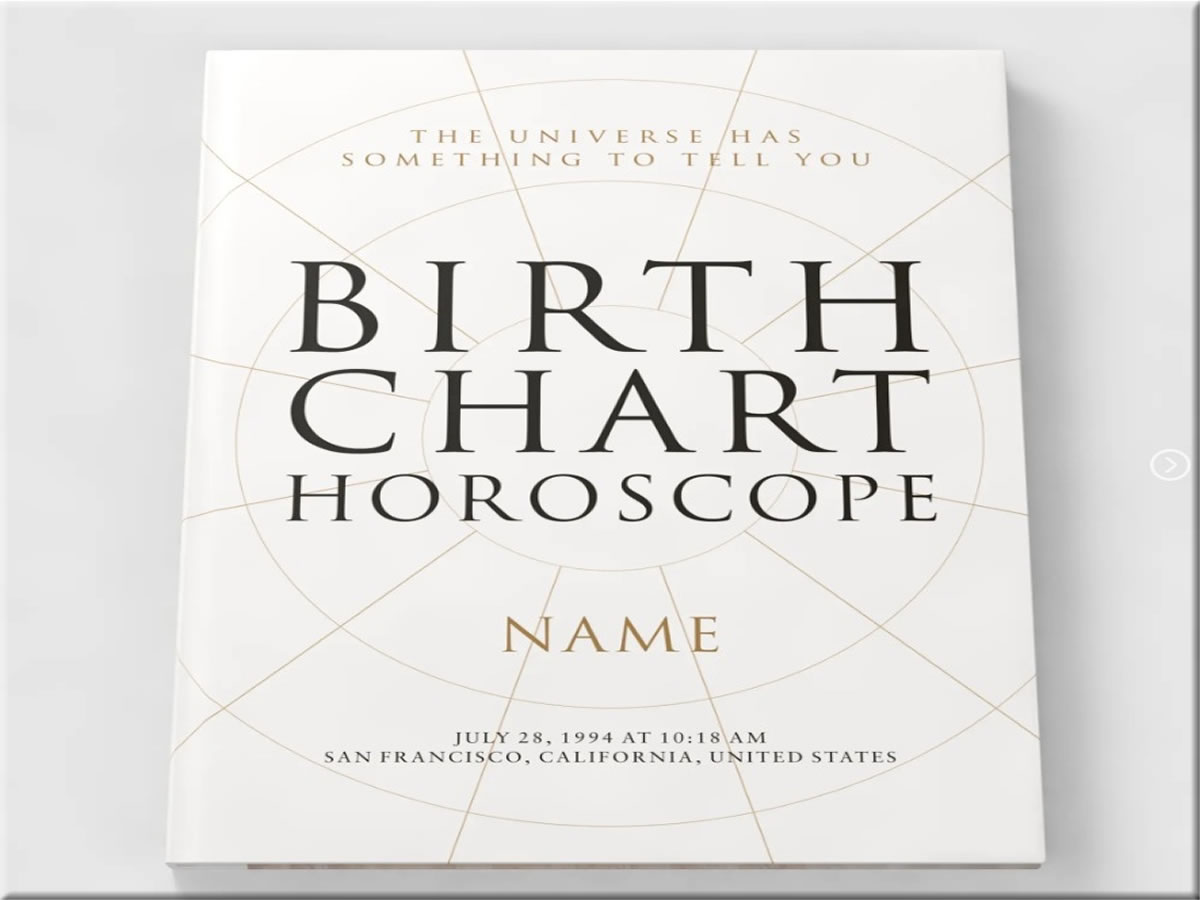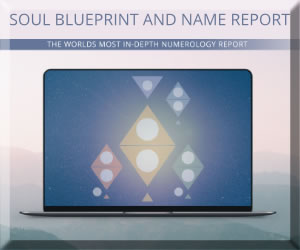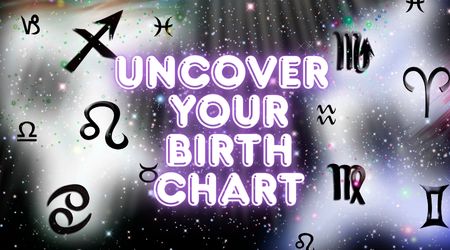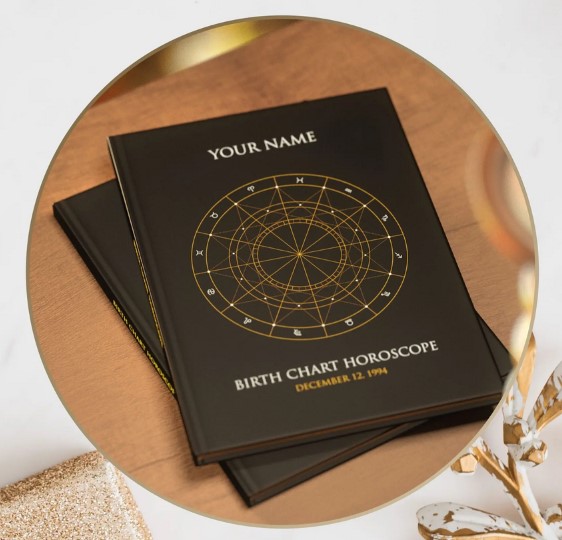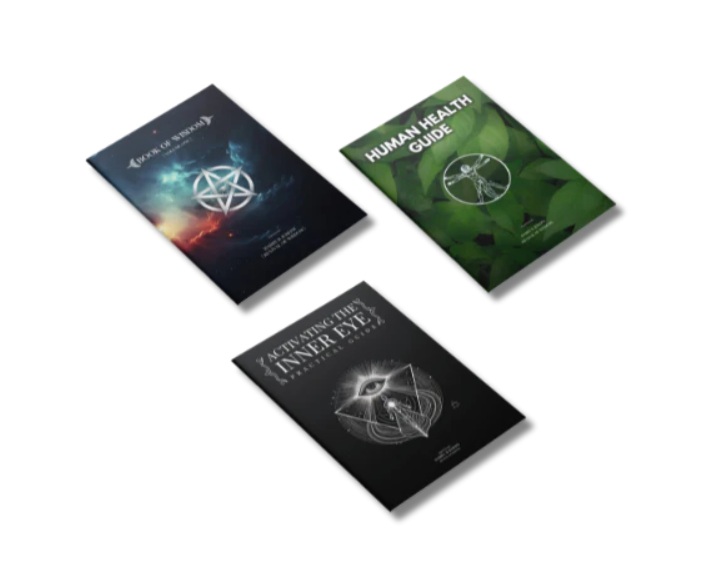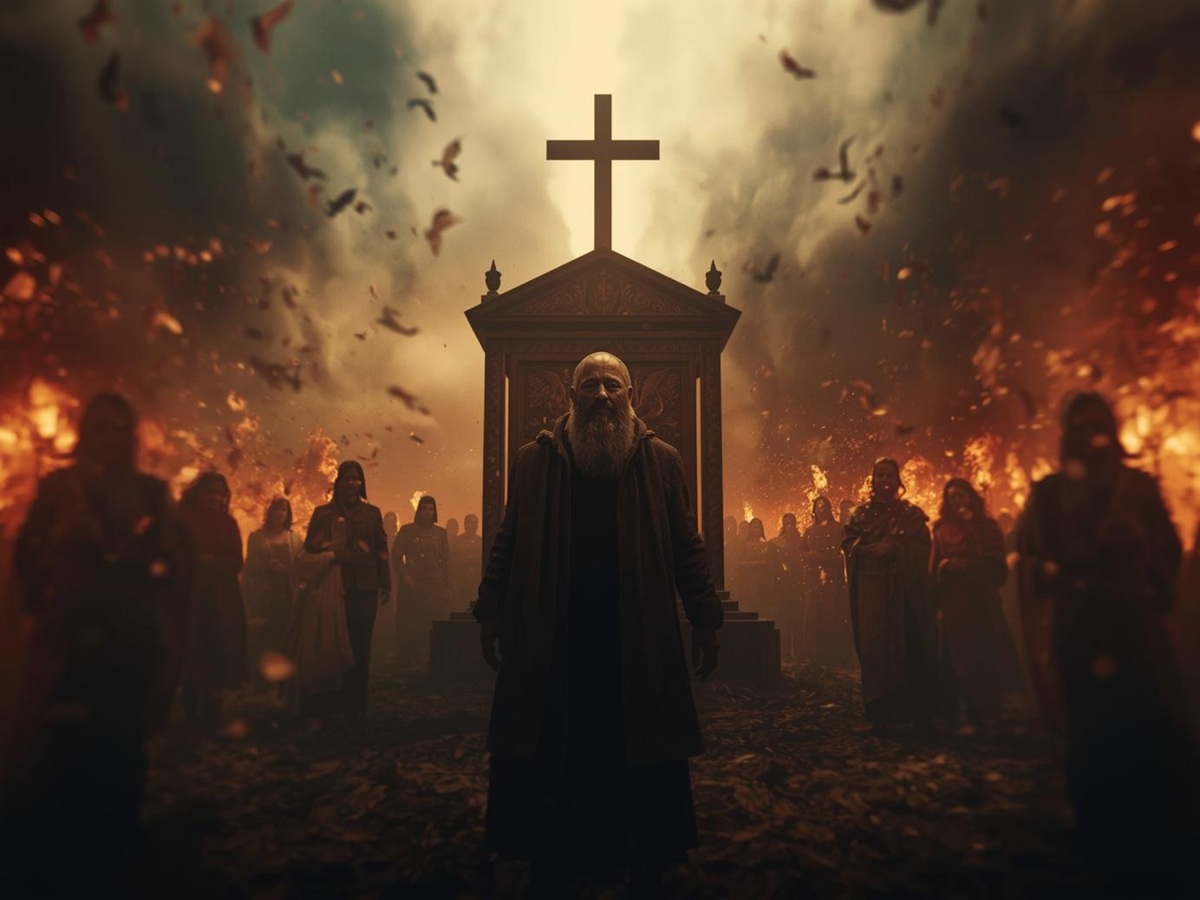
Unraveling Faith: The Collapse Of Catholic Authority
The Catholic Church wasn’t just a religious institution; it was a massive political powerhouse. For centuries, the Catholic Church cemented its influence by aligning with monarchs and rulers of authority across Europe. This wasn’t just about faith—it was about control. Through strategic marriages and alliances, the Church intertwined itself with royal bloodlines, solidifying its grasp on the political landscape.
The Church didn’t just accumulate power overnight. It gained territory by any means necessary, often through controversial methods, such as the confiscation of lands from those it conquered. Wealth came, too, usually acquired under the guise of faith-saving missions that, at times, bordered on looting. The extent of their treasure troves and lands was staggering, with gold and riches pouring in—a testament to their dominance.
Check out more videos on our YouTube channel
However, this towering influence began to crumble as new ideas started to flourish. The Enlightenment period sparked a wave of critical thinking and skepticism. The French Revolution shook the foundations of many institutions, including the Catholic Church. The revolution wasn’t just about a change in rulers; it spurred a move towards secularism, questioning the Church’s role in politics and society.
Losing territory wasn’t just a physical blow; it struck at the very heart of the Church’s authority. Once seen as an unassailable entity, the Church’s influence started to wane globally. New political structures emerged, and with them came laws that pushed back against clerical power, demanding a separation that had previously seemed impossible.
Political Expulsion and Loss of Influence
Despite the Catholic Church’s historical hold over political arenas, its influence didn’t remain unchallenged. As the French Revolution sparked a wave of secularism, countries began to distance themselves from the Church’s automatic political authority. Governments across Europe, and indeed around the world, began to reassert their independence, often leading to the Church’s expulsion from political spheres.
In places like France and Italy, where the Church had been deeply intertwined with governance, changes were rapid and explicit. The Revolution dismantled longstanding alliances, replacing them with secular governments that distanced themselves from ecclesiastical oversight. This unwinding wasn’t merely political theater; it was a reshuffling of power balances that had persisted for centuries.
Public discontent played an instrumental role here. As stories of corruption and ungodly behavior spread, people started to question the moral legitimacy of a Church that preached one thing but seemed to practice another. The age-old saying, “Practice what you preach,” took center stage as the public demanded accountability.
The Book of Wisdom is a must-have book for every free-thinker and truth-seeker. It offers a wealth of knowledge, encompassing both surface-level truths and deep, hidden insights from the esoteric realm.
Meanwhile, secular leaders were creating their own narratives, highlighting the benefits of governance without religious intervention. These new regimes promised rational leadership, unmarked by the dogmas and sometimes despotic rule associated with religious authorities. The allure of such changes was too strong to resist, especially in societies yearning for new ideas and freedoms.
The Vatican didn’t take this loss quietly. It strategized ways to maintain influence, pivoting from brute power to more subtle methods of engagement. Rather than direct control, the Church began to influence through moral guidance and diplomatic engagements, adapting to a world less willing to accept absolute religious authority.
This historical shift serves as a compelling example of how influential entities must continually adapt to survive. The Church’s journey reflects the need for flexibility and reevaluation to maintain influence, especially as societal values evolve.
Controversies and Loss of Credibility
The very institution that preached about peace and morality found itself mired in scandals that tested its credibility. The Catholic Church faced a barrage of controversies, with historical records revealing a series of actions that starkly contradicted its teachings.
Throughout this period, the Church was criticized for its involvement in numerous acts that contradicted the values it professed. From its participation in violent crusades to the harsh tactics used during the Inquisition, a picture began to emerge of an institution capable of brutal enforcement in the name of preserving religious unity. These actions were not just whispered tales—they were well-documented events that painted the Church as an entity where the ends often justified the means.
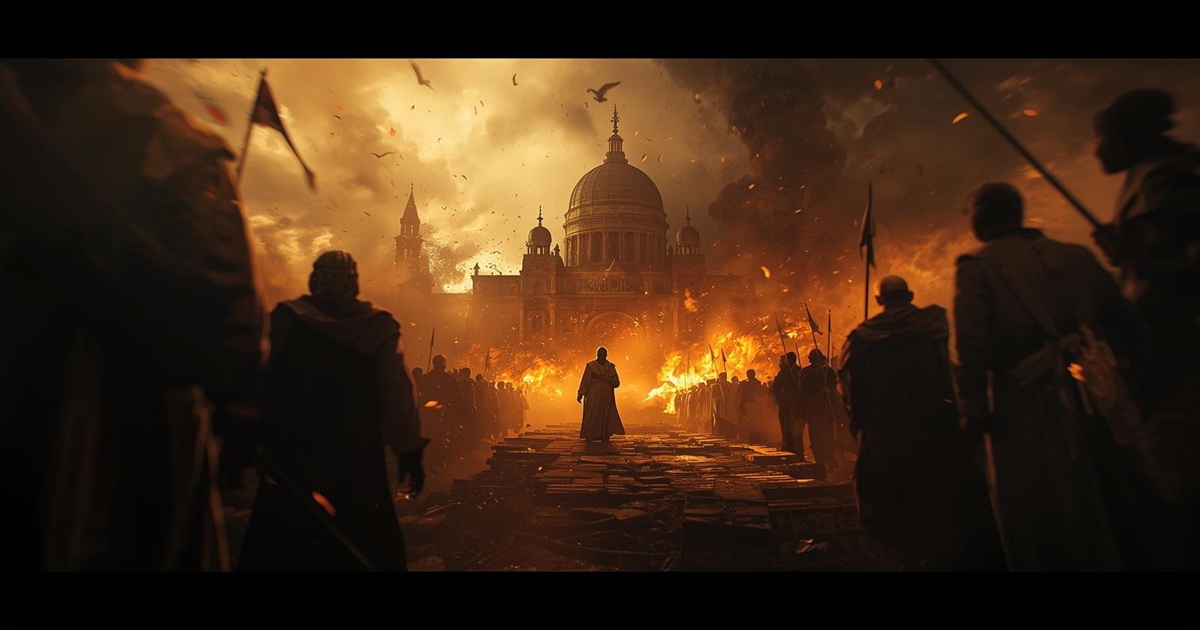
As societies began to open up and literacy rates soared, more people gained access to the tumultuous history of the Church. This newfound awareness fueled skepticism and prompted many to challenge the Church’s role as a moral guide. The narrative was difficult to reconcile—a Church promoting love and charity while historical accounts documented instances of intolerance and violence.
The rise of mass media further accelerated this shift. With newspapers and books shedding light on these historical controversies, the Church’s actions faced an unprecedented level of scrutiny. Reports detailing past atrocities began to circulate, eroding the public’s trust and reshaping the Church’s image in the modern age.
In facing these challenges, the Church found itself at a crossroads. It no longer had the luxury of wielding power without being held accountable. To move forward, it needed to address its past transparently and engage more openly with its communities. The difficulty lay in reconciling its historical role with its contemporary aspiration to embody genuine moral leadership. This journey entails acknowledging past wrongs, fostering dialogue, and embracing reform.
Reevaluation and Reformation: A New Identity
As the weight of history pressed upon it, the Catholic Church recognized the urgent need to reevaluate its path. Acknowledging that past actions had tarnished its image, the Church undertook a journey of reform, aiming to align more closely with its core teachings.
One of the first steps involved in this transformation was addressing the need for transparency. The Church initiated measures to confront issues that had once shrouded it in controversy, openly acknowledging past mistakes and taking steps to prevent future wrongdoing. This shift towards accountability was a crucial step in rebuilding trust with its global community.
Volume 2 continues the profound themes introduced in the predecessor even deeper into the complexities of existence and the pursuit of knowledge, encouraging readers to question established beliefs.
Influential figures within the Church played pivotal roles in driving change. By advocating for reforms and encouraging dialogue on previously taboo subjects, these leaders helped steer the Church towards a more reflective and inclusive stance. Efforts to modernize practices and policies reflected a new willingness to adapt to contemporary values without abandoning tradition entirely.
Adopting a forward-thinking approach, the Church initiated programs aimed at social justice, poverty alleviation, and environmental stewardship. These endeavors tapped into the growing global consciousness around such issues, allowing the Church to resonate with a broader audience, especially younger generations increasingly concerned with the world’s welfare.
The Church’s journey toward reformation illustrates the power of introspection and change. Moving beyond its past requires an ongoing commitment to growth, ensuring its actions and teachings no longer exist in contradiction. By actively engaging with the challenges of today’s world and embracing a spirit of genuine reform, the Catholic Church seeks not just to heal but also to inspire future generations.
Present-day Influence and Future Prospects
Today, the Catholic Church occupies a distinctive role within global society. While its direct political power has diminished, the Church remains influential, particularly in guiding moral and ethical debates worldwide. Its unique position allows it to act not just as a religious haven but as a beacon of social advocacy.
In navigating modern challenges, it faces the task of addressing a growing secular trend among younger generations. Many in today’s world view spirituality through a broader lens that encompasses diverse beliefs and individual interpretations of faith. The Church’s challenge lies in remaining relevant while respecting this evolving tapestry of spiritual thought.
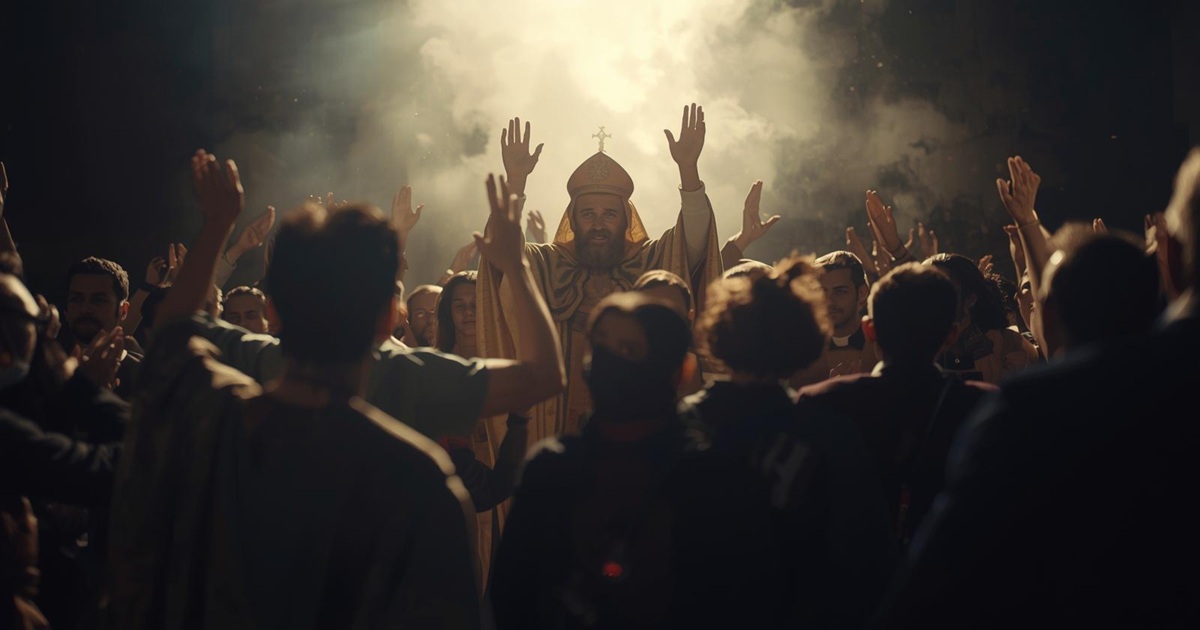
The Church’s story is a poignant reminder of how institutions, no matter how formidable, must adapt to the changing times. The weight of history often hinges on how power is wielded, and in the case of the Catholic Church, it’s a tale of once-immutable authority that couldn’t stay above the rising tide of change.
Additionally, the Church has publicly apologized for its historical transgressions, attempting to bridge the gap between past failures and a future of integrity. These apologies, while symbolic, are part of a broader recognition of the need for open confrontation of issues.
However, no such forgiveness can erase all the evil they have caused throughout the centuries.
Related Topics
